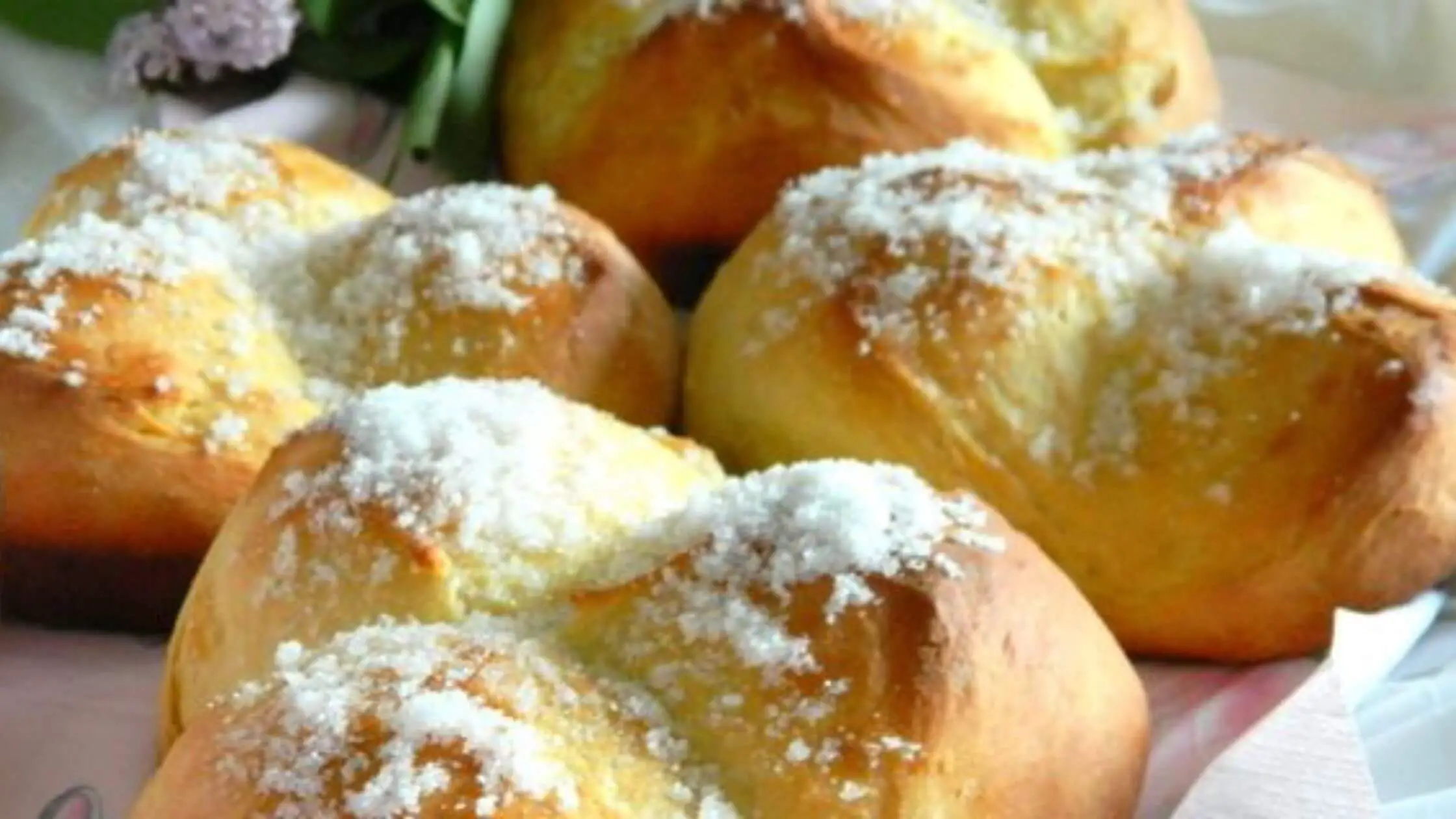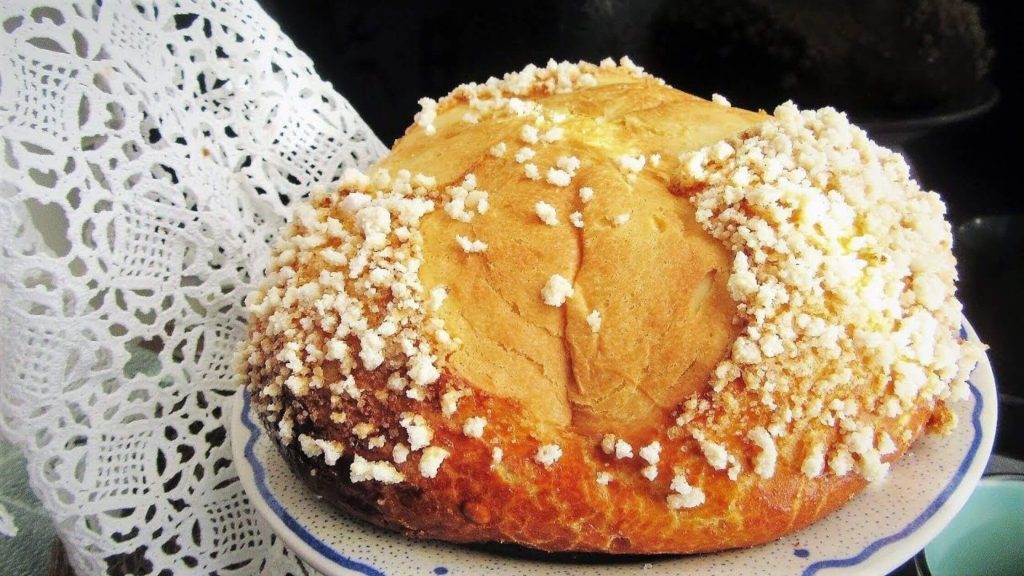Just a couple of days ago, I was having coffee with some colleagues and discussing Easter plans. A few were lamenting how far behind they were in their Easter baking, while others were exchanging recipes for all the delicious goodies, they were planning on making in the run up to Easter Sunday.
Since we were speaking of Easter treats, I simply had to ask “but, why is it when I translate Sirnica, Google tells me it’s cheesecake? But there’s no cheese in the recipe?”, “because it looks like cheese! With the shape and color”.
“Right! I think I’m going to try making it this weekend”, I said in full confidence of my amateur baking skills. A collective “noooooooooooooooooo!” ensued. “I don’t make it for Easter. No one does, only old ladies who have the time. Ma dai! So much work, almost 24 hours to finish it, waiting for it to rise and then kneading it, and rising again. No, no, I just buy it instead”.
What is Sirnica you might ask?

Before you know it, you’ve consumed the entire Sirnica. Image: Pinterest/Screenshot
Sirnica, as it’s known along the coastal regions of Croatia and Pinca, everywhere else, is a brioche-type sweet bread that graces every Easter holiday table. About a month before Easter, these orangey/yellow boules, topped with pearl or coarse sugar crystals, start lining the shelves of bakeries, cafes, and grocery stores.
At Easter, Sirnica is typically served along with a host of other delicious assorted kolači (sweet pastries). This is often accompanied by rich dishes like cottage cheese, eggs, ham and roasted lamb and fresh Spring vegetables like young onions and radishes, from the first harvests after Winter.
Rumor has it that Sirnica was created during the Venetian times, with some saying it may have even gotten its name from the dough resembling cheese during the mixing and kneading process, but the true origins of the confectionery remain unknown.
Historically, Sirnica would be made on Maundy Thursday, the day before Easter Friday commemorating the Last Supper of Christ. Families would then wrap them in cloth, letting the Sirnica rest before taking a loaf to Sunday Mass for it to be blessed and shared with the family after.
Today, each family has their own recipe, family secrets passed down through the generations. If you’d like to make your own, here’s a recipe you can follow from the book “Sweet Korčula” by Mrs. Franice Tasovac and bring a small part of Croatia’s Easter traditions into your own home.
Sretan Uskrs everyone!

Their signature hue comes from the large quantity of eggs this recipe calls for. Image: Pinterest/Screenshot.
Ingredients – makes 6 Sirnica
6 egg yolks
3 egg whites
250 g white sugar
8 g vanilla sugar
300 ml of milk
120 g of fresh yeast
1½ teaspoon salt
250 g butter
1.2 kg of flour
1 lemon peel
2 orange peels
1 tablespoon rose rakija or brandy
Topping
1 egg white
1 tablespoon rose rakija or brandy
50 g Pearl sugar or white sugar
Preparation
- Melt the butter in a saucepan over low heat.
- Crumble the fresh yeast with milk, stir in 200g of flour and allow the mixture to double.
- Mix the eggs with both sugars and salt, whisk until the mixture becomes frothy.
- Add brandy, lemon zest and orange zest to the egg mixture.
- When the dough has doubled, add in the melted butter and egg mixture. Start kneading the dough with your hands, gradually adding the remaining 1kg of flour. Old housewives say that you should be very angry before you start making dough and then vent your anger by kneading the dough with your hands.
- Add the flour until you have a plush, brioche-like dough that is not too stiff. You might not use the full 1kg of flour. Cover the bowl with the dough and let it double.
- Once doubled, knead the risen dough and divide it into six pieces. Shape each piece into a ball and leave them to rise on a sheet lined with greaseproof paper for one to two hours.
- Preheat the oven to 150 degrees celsius. Before baking, use scissors to cut a cross or a Y-shape into each dough ball and bake for 40 minutes.
- Using a fork, mix a little egg white with rakija, and brush the Sirnica towards the end of baking.
- Sprinkle with beaten sugar and return to the oven for a couple of minutes to allow the coating to dry.









